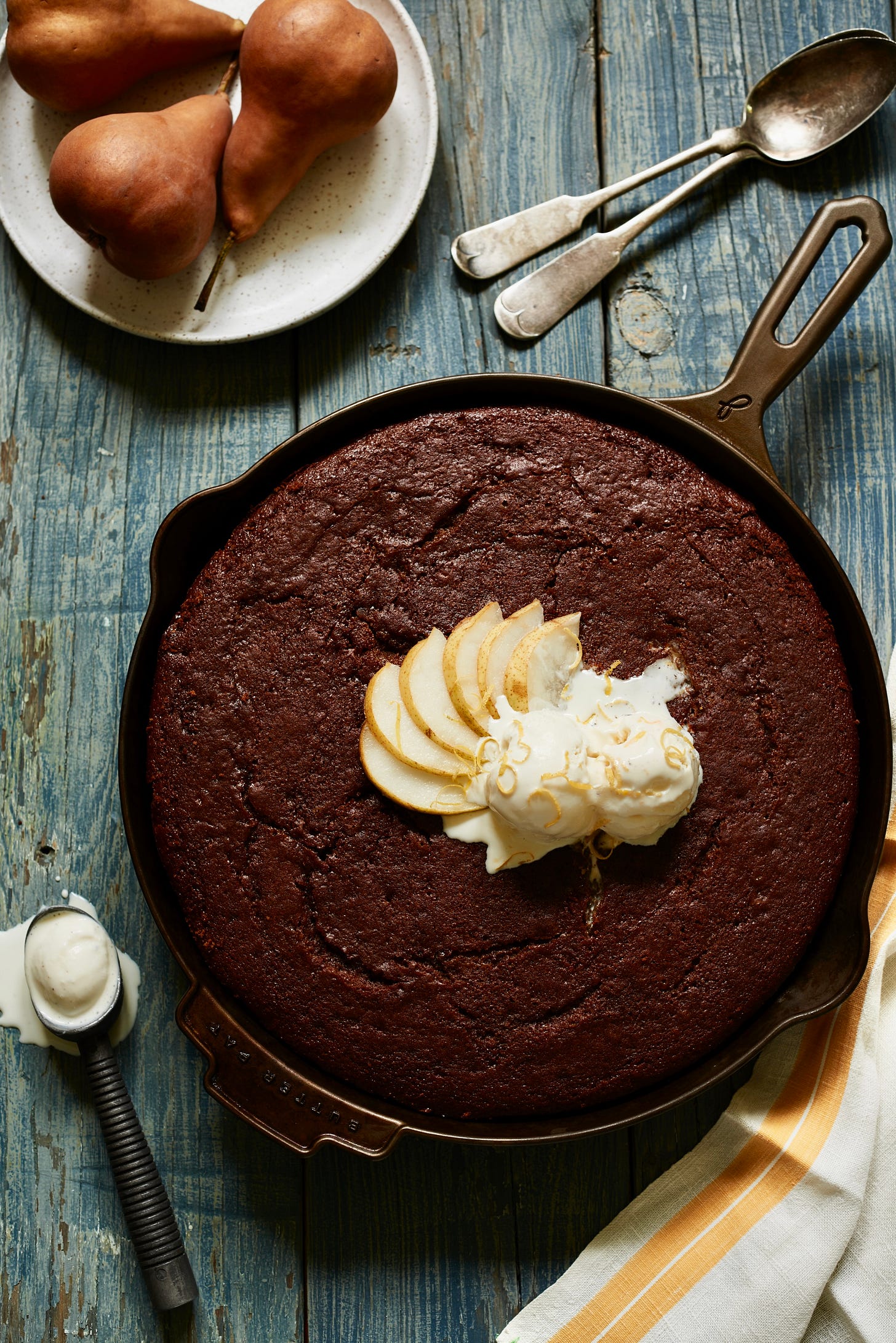The Deep, Dark Secret of Election Food - No. 165
It’s Election Day so bake a Pear Skillet Gingerbread
IT’S ELECTION DAY IN AMERICA, and you might be standing in line to vote or patting yourself on the back for voting early. Either way, do you smell gingerbread baking in the distance?
If this was Knott County, in eastern Kentucky, 60 years ago, you might not only smell gingerbread but you’d be offered some. Soft, still warm, fragra…




